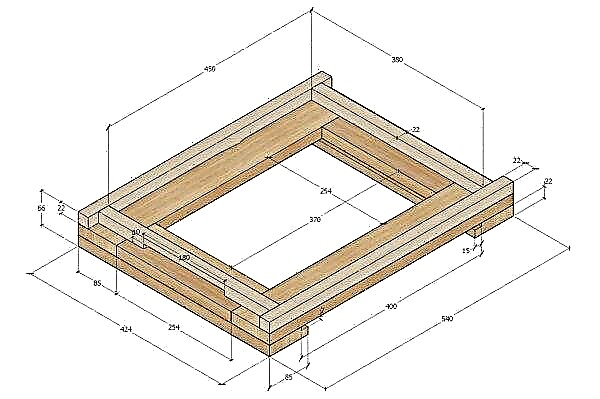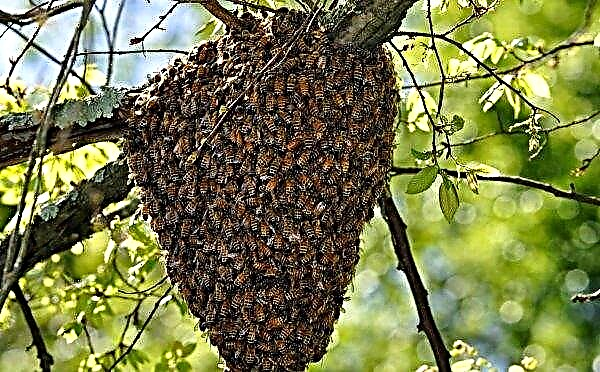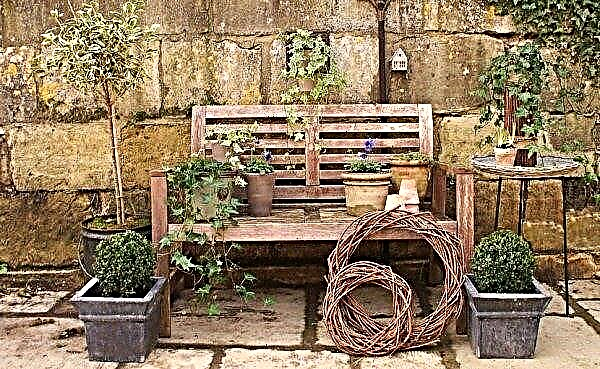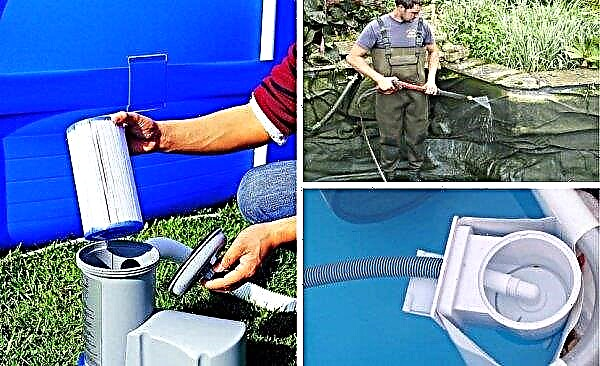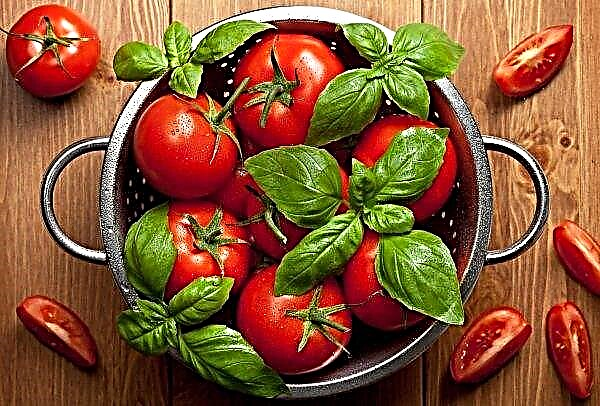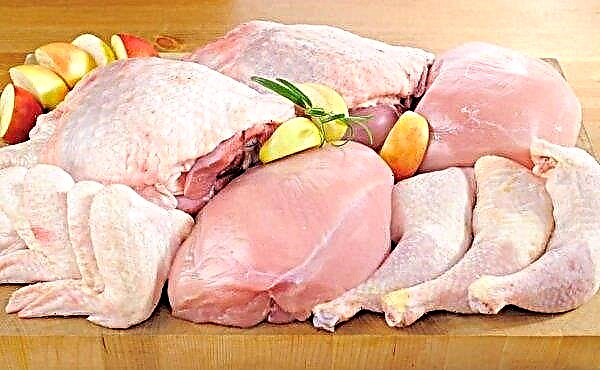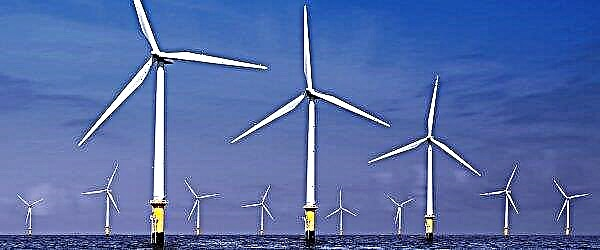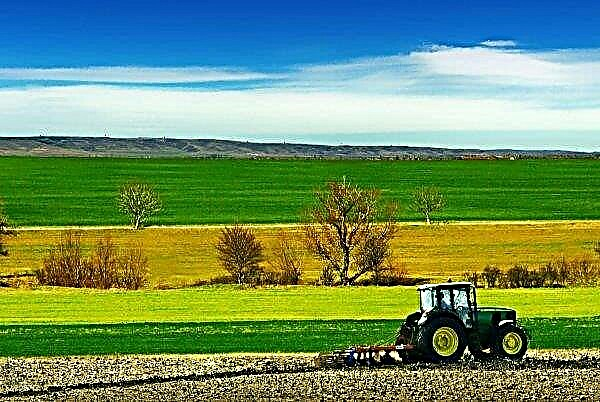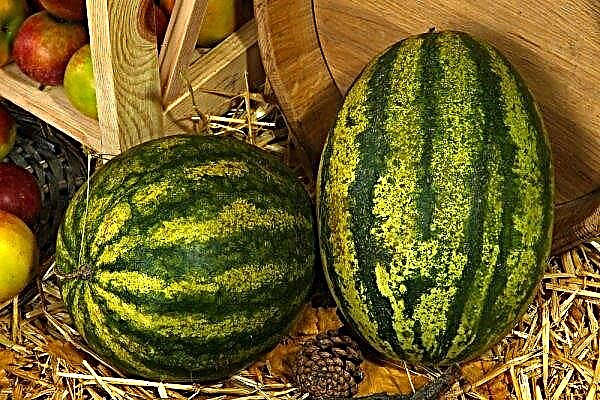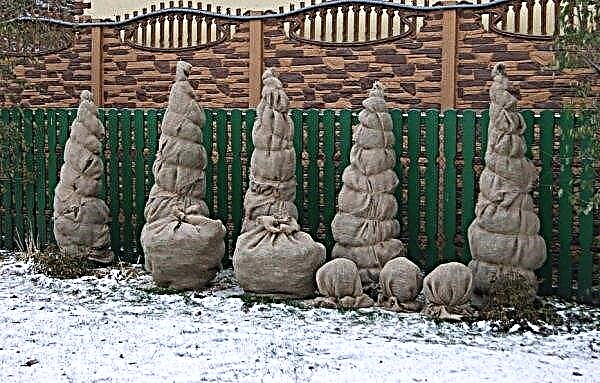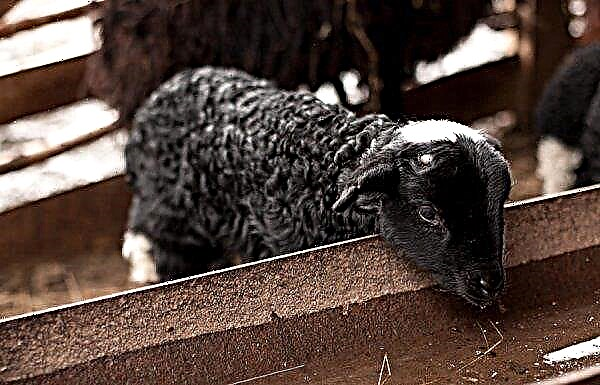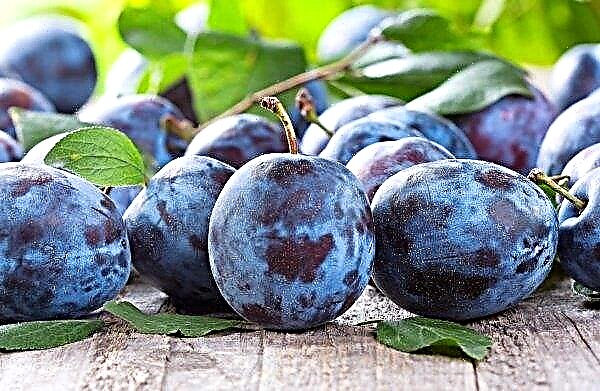In Ireland, up to 30,000 farms are classified as economically vulnerable and at risk of poverty.
The Irish Department of Agriculture and Food Development (Teagasc) called the double problem of low income and isolation a serious problem in the agricultural sector, with farmers who grow dry raw materials in the northwest were recognized as the most at risk.
“Farmers are at serious risk of poverty and exclusion, and many of them are single-person households, and this is reality,” warned Teagasc Director Professor Jerry Boyle. The professor also said that the average income of farmers in 2018 fell by 20% - to 23,483 euros.
A study by Teagasc found that dairy farmers again earned the highest incomes — on average more than € 61,000, while dry-farmers earned only € 10,642.

Low income for beef and sheep meant that about a third of the country's 90,000 farmers face serious income problems. Teagasc's Brian Moran said a total of 30,000 farms are currently classified as vulnerable, especially farms in the northwest of the country.
The threat of extreme poverty among beef and sheep farmers is also highlighted by a large number of farmers requiring state assistance.
The data from the Department of Employment and Social Protection show that in 2019, 62,277 farmers receive payments as assistance, with the income of more than 2,000 farmers and fishermen in Donegal and Mayo depending on support.

